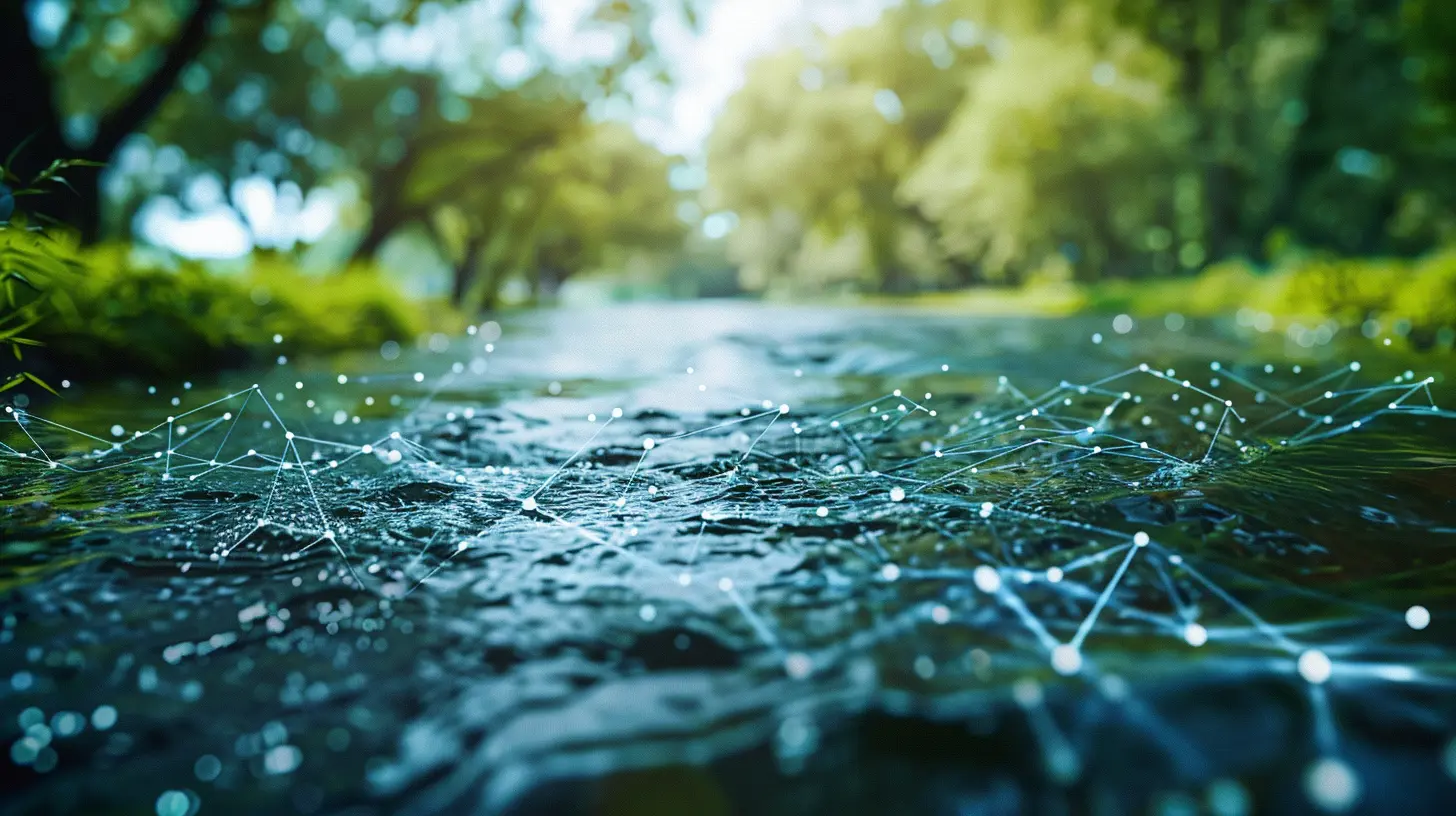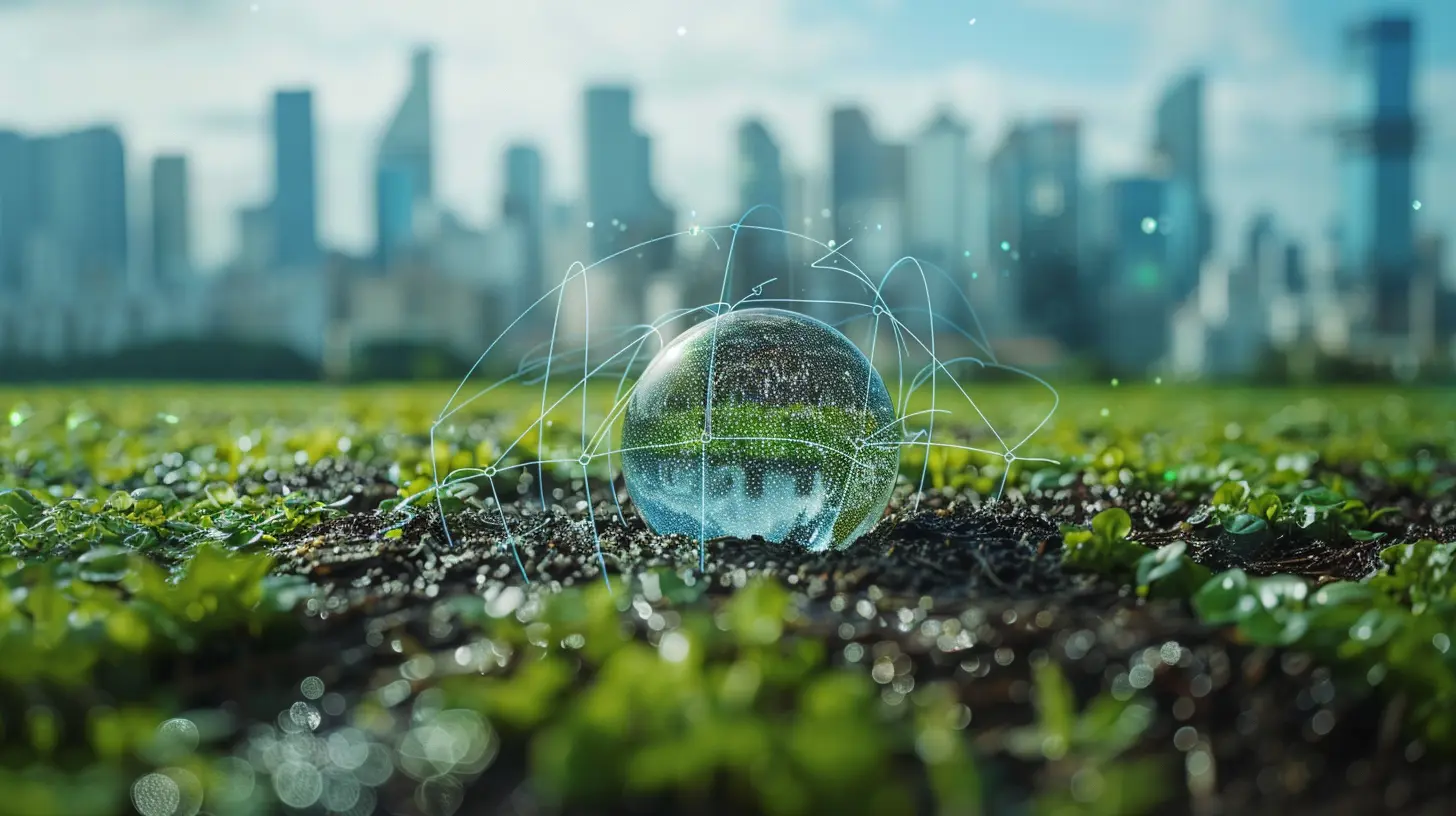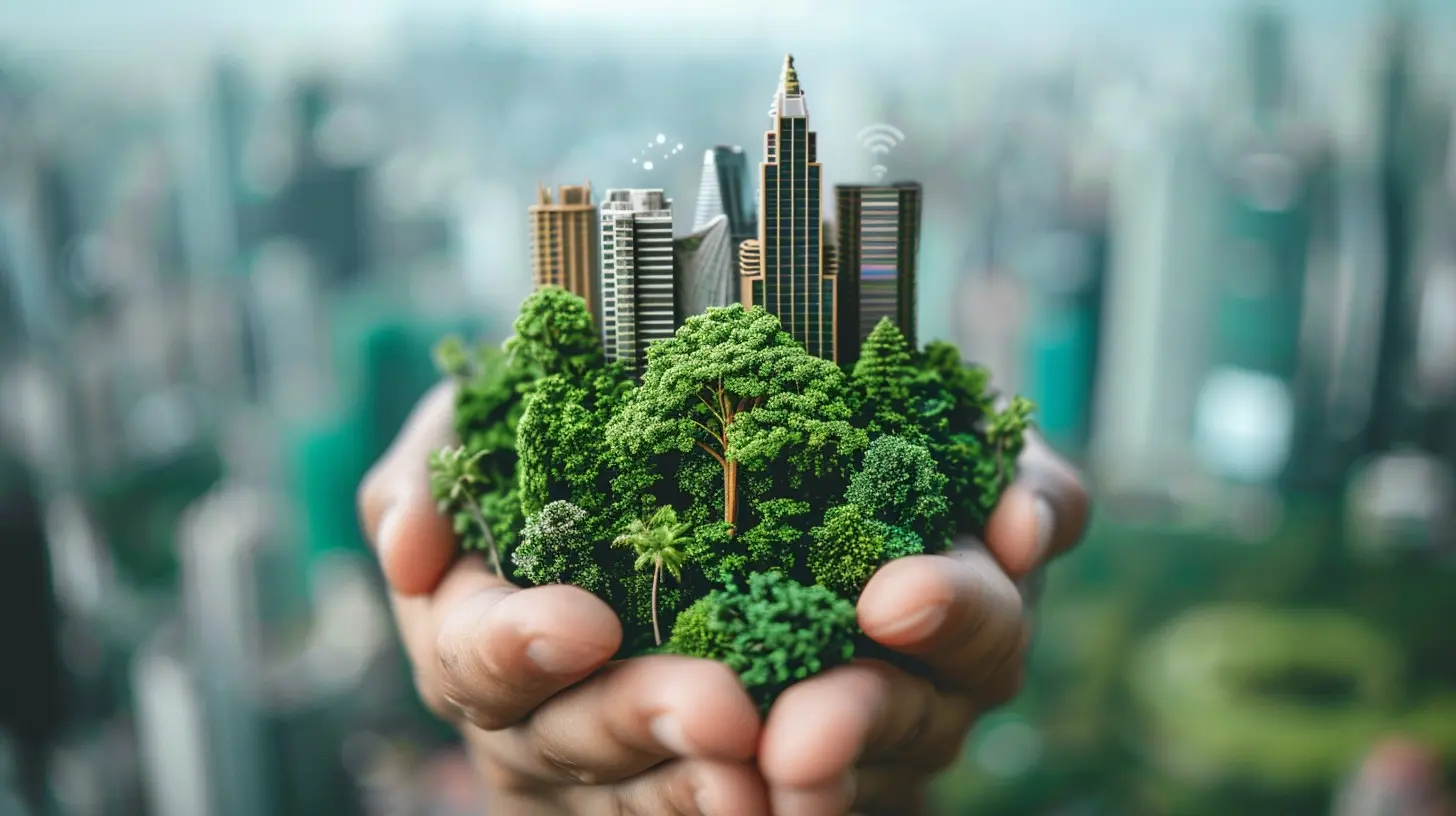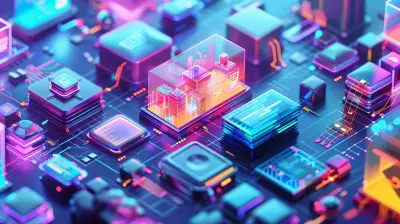The Role of IoT in Managing Water Resources Efficiently
29 July 2025
Let’s get real for a second—water is that one friend we all have who’s always there, quietly doing the most, yet often taken for granted. We use it daily, barely thinking twice, but guess what? Our fresh water resources are under more pressure than ever. Population booms, climate change curveballs, and outdated infrastructure are pushing our water systems to the edge.
Now, here’s where technology steps in like a superhero with a digital cape. Ever heard of the Internet of Things (IoT)? If not, you're in for an eye-opener. If yes, then prepare to see it from a whole new, life-changing angle. Buckle up, because we’re diving deep into how IoT is revolutionizing the way we manage water—making it smarter, more sustainable, and way more efficient.

What Exactly is IoT?
Okay, let’s break it down. IoT, or the Internet of Things, is basically a network of physical devices—think sensors, cameras, meters—hooked up to the internet. These gadgets collect and share data in real-time, helping systems make smarter decisions without any human in the middle pushing buttons.Pair this tech with water management, and boom—you’ve got a next-level system that doesn’t just react to problems but can also predict and prevent them. It’s like giving our water systems a sixth sense.

Why Water Management Needs a Tech Makeover
Water is life—literally. But managing it? That’s been a mess in many parts of the world. We've got leaking pipes, contaminated supplies, overwatering in agriculture, and even lack of access in some areas. Traditional methods just aren’t cutting it anymore.Here are some challenges that scream for innovation:
- Aging Infrastructure: Think ancient pipes, leaky tanks, and outdated meters.
- Water Shortages: Climate change = unpredictable rainfall and droughts.
- Urban Growth: More people = more pressure on local water systems.
- Agriculture: One of the biggest water consumers and often the least efficient.
- Pollution and Wastage: Water is wasted due to leaks, runoff, and contamination.
Now imagine if water systems could talk to each other and to us—telling us exactly what’s wrong, where, and when. That’s where IoT shows up as the game-changer.

How IoT Transforms Water Management
Let's unpack this. Here's how IoT makes water management smarter, faster, and more effective.1. Real-Time Monitoring = Instant Awareness
Gone are the days of waiting for bills or random inspections to know there’s a leak. IoT sensors track everything—from water flow and pressure to quality and temperature—24/7.💡 Imagine getting a phone alert that says, “Hey, you’ve got a leak in your kitchen pipe.” Before your floor even gets wet. That’s the kind of real-time monitoring we’re talking about!
This live data helps municipalities and utility companies act faster, reduce water losses, and fix issues before they spiral out of control.
2. Smarter Irrigation in Agriculture
Farming guzzles up about 70% of global freshwater. But here’s the kicker—much of it gets wasted due to overwatering. Enter IoT.Smart irrigation systems use soil moisture sensors, weather forecasts, and plant data to determine the exact amount of water crops need. Not a drop more.
🌱 It's like giving your crops a Fitbit—they only hydrate when necessary.
This not only saves water but boosts crop yield and reduces energy costs. A win for both farmers and the environment.
3. Leak Detection and Prevention
Old pipes leak. That’s just a sad fact. But instead of waiting for a sinkhole to appear, smart IoT-enabled pipelines can detect pressure changes and micro-leaks early.These sensors continuously talk to central systems, flagging any anomalies. It’s proactive, not reactive. Think of it as GPS for your water system—always tracking, always guiding, always alert.
4. Water Quality Monitoring
Water isn't just about quantity; quality matters too. Nobody wants to drink or bathe in unsafe water. Sensors can now detect changes in pH levels, turbidity, and toxin presence in real-time.If something’s off, alerts go out instantly. This is a game-changer for preventing waterborne diseases and ensuring safe water for households and industries alike.
5. Data-Driven Decision Making
IoT generates mountains of data. But instead of just sitting in a digital drawer, this data can be analyzed using AI and machine learning to forecast demand, detect usage patterns, and optimize distribution networks.Basically, water utilities get smarter with every drop.
📊 Imagine having a dashboard showing where, when, and how each liter of water is used or wasted across a city. That’s actionable insight at its finest.
6. Rainwater Harvesting and Stormwater Management
Did you know that IoT can even help capture and manage rainwater more efficiently? Smart tanks and drainage systems can measure rainfall and redirect excess water where it’s needed most—or store it for dry days.This also helps prevent urban flooding and reduces the load on stormwater systems. Think of it as having a modern-day Noah’s Ark—but way more high-tech.

Real-World Examples: Where It’s Already Happening
Let’s hop out of theory land and touch base with reality. Here are a few examples where IoT is already making waves (pun totally intended):- Singapore: The city-state uses IoT to monitor its water distribution systems and catch leaks before they become catastrophic. It’s helping them reuse and recycle water like pros.
- Israel: Leading in smart irrigation, Israeli farms use IoT tech to get precise water usage, making agriculture more efficient in a desert climate.
- Barcelona, Spain: Uses IoT sensors in public fountains and park irrigation systems to monitor water usage and save millions of liters annually.
- California, USA: Facing droughts, California adopted IoT tools to track household and farm water use, significantly reducing waste.
So yeah, this isn’t sci-fi. It’s real, and it’s working.
Challenges to Watch Out For
Of course, no innovation comes without a few hiccups. Here are some hurdles in the IoT-water love story:- High Initial Costs: Installing sensors, analytics tools, and networks can burn a hole in the pocket. But it pays off in the long run.
- Data Security: With more devices online, cyber threats become a concern. Secure networks and protocols are a must.
- Maintenance: Like any tech, IoT systems need upkeep. Batteries die, sensors glitch. Regular maintenance is key.
- Interoperability: Not all devices speak the same tech language. Ensuring compatibility across systems is essential.
These aren’t deal-breakers, though. More like speed bumps. With proper planning and investment, they can be smoothed out.
The Future is Flowing: What Lies Ahead
As tech gets better and cheaper, we can expect to see IoT in water management become as common as smartphones in our pockets. Emerging trends like edge computing, AI-integrated IoT, and even blockchain for water trading are on the horizon.Imagine cities where water waste is nearly zero. Farms that grow more while using less water. Homes that self-regulate water use to shrink utility bills. That’s not just possible—it’s probable.
The best part? This tech isn’t just for the elite. Governments, startups, and NGOs are working to bring affordable IoT solutions to developing countries too. Because water is a global concern, and tech doesn’t have borders.
So, Why Should You Care?
Because every drop counts. Whether you’re a city planner, a tech enthusiast, a farmer, or just someone who pays a water bill—this affects you.IoT isn't just another tech buzzword. It's a powerful tool that’s changing the way we handle one of life’s most precious resources. It brings intelligence, efficiency, and sustainability to a system that desperately needs all three.
And here’s the kicker: You don’t have to be a coder or an engineer to be part of the change. Start small—fix leaks, install smart meters, support smart water initiatives in your community. The ripple effect is real.
Final Thoughts
We’re standing at the intersection of innovation and necessity. IoT is not just “nice to have” when it comes to water management—it’s becoming a must-have. The good news? The tools are here, the minds are ready, and the water… well, it's waiting for us to treat it better.The role of IoT in managing water resources efficiently isn't just a storyline for tech blogs. It’s a real-world narrative with the potential to change how we live, grow, and sustain ourselves—all while keeping the planet in mind.
Ready to ride the wave?
all images in this post were generated using AI tools
Category:
Environmental TechAuthor:

Jerry Graham
Discussion
rate this article
1 comments
Halle McIntyre
Exciting times ahead! IoT is revolutionizing water management, helping us conserve and utilize resources wisely!
August 9, 2025 at 2:33 AM

Jerry Graham
Thank you! Yes, IoT is indeed transforming water management by enhancing efficiency and sustainability. Exciting developments are on the horizon!


